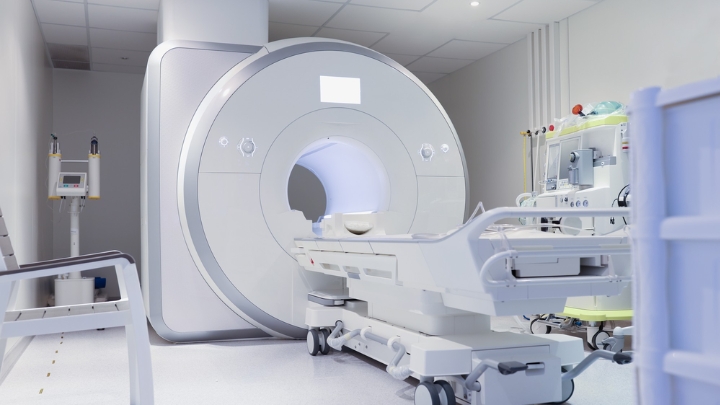Nanobubbles in Advanced MRI Contrast Agents
Introduction
In the realm of medical imaging, the integration of nanobubbles stands as a pioneering advancement, particularly in the development of advanced MRI contrast agents. This article delves into the intricate world of nanobubbles and their transformative impact on elevating the precision and efficiency of MRI imaging.
The Marvels of Nanobubbles
Understanding Nanobubbles in the Context of MRI
Nanobubbles, characterized by their ultra-small size, have emerged as game-changers in the field of medical imaging. Specifically, in the realm of MRI, their unique properties unlock a new dimension of contrast enhancement, offering a level of detail and clarity previously unattainable with conventional contrast agents.
Microscopic Agents of Contrast
The minute scale of nanobubbles contributes to their efficacy as contrast agents. When introduced into the bloodstream, these microscopic entities interact with magnetic fields in a nuanced manner, enhancing the visibility of tissues and organs during MRI scans. This interaction forms the foundation for a quantum leap in imaging precision.
Nanobubbles and Contrast Enhancement
Precision in Imaging
The introduction of nanobubbles into MRI procedures significantly enhances contrast and resolution. Their ability to resonate in the magnetic field with exquisite precision amplifies the visibility of blood vessels and tissues. This heightened contrast is particularly advantageous in detecting subtle abnormalities and early-stage pathologies.
Dynamic Contrast Enhancement
Unlike traditional contrast agents, nanobubbles offer dynamic contrast enhancement. Their responsive behavior to external stimuli, such as ultrasound waves, provides real-time adjustments in contrast levels during imaging. This dynamic interplay ensures that clinicians can tailor imaging parameters for optimal diagnostic insights.
Nanobubbles in Targeted Imaging
Tailored Precision in Diagnostics
Nanobubbles, when engineered with specific targeting ligands, open avenues for targeted imaging. By guiding these modified nanobubbles to specific tissues or cell types, clinicians can achieve unparalleled precision in diagnostics. This targeted approach not only enhances diagnostic accuracy but also reduces the amount of contrast agentsagent required.
Enhancing Lesion Detection
The targeted nature of nanobubbles proves especially beneficial in lesion detection. Whether in oncological imaging or neurological assessments, the ability to hone in on specific areas of interest elevates the diagnostic capabilities of MRI. Nanobubble-assisted imaging promises a future where early and precise detection becomes the norm.
Nanobubbles and Future Research
Ongoing Exploration of Nanobubble Formulations
The integration of nanobubbles into MRI contrast agents is an active area of research. Collaborations between nanotechnologists and medical imaging experts continually refine nanobubble formulations, aiming for optimal stability, biocompatibility, and imaging efficacy.
Expanding Applications in Clinical Practice
As evidence supporting the benefits of nanobubbles in MRI imaging accumulates, the prospect of expanding their applications in clinical practice becomes increasingly promising. From routine diagnostic scans to specialized imaging modalities, nanobubble-enhanced contrast agents may become indispensable tools in the radiologist's arsenal.
Conclusion
In conclusion, nanobubbles represent a revolutionary frontier in the evolution of MRI contrast agents. Their microscopic scale, dynamic contrast enhancement, and potential for targeted imaging collectively propel medical diagnostics into a new era of precision and efficacy. As research continues to unravel the full extent of nanobubbles' capabilities, their integration into routine clinical practice holds the promise of redefining standards in advanced MRI imaging.
